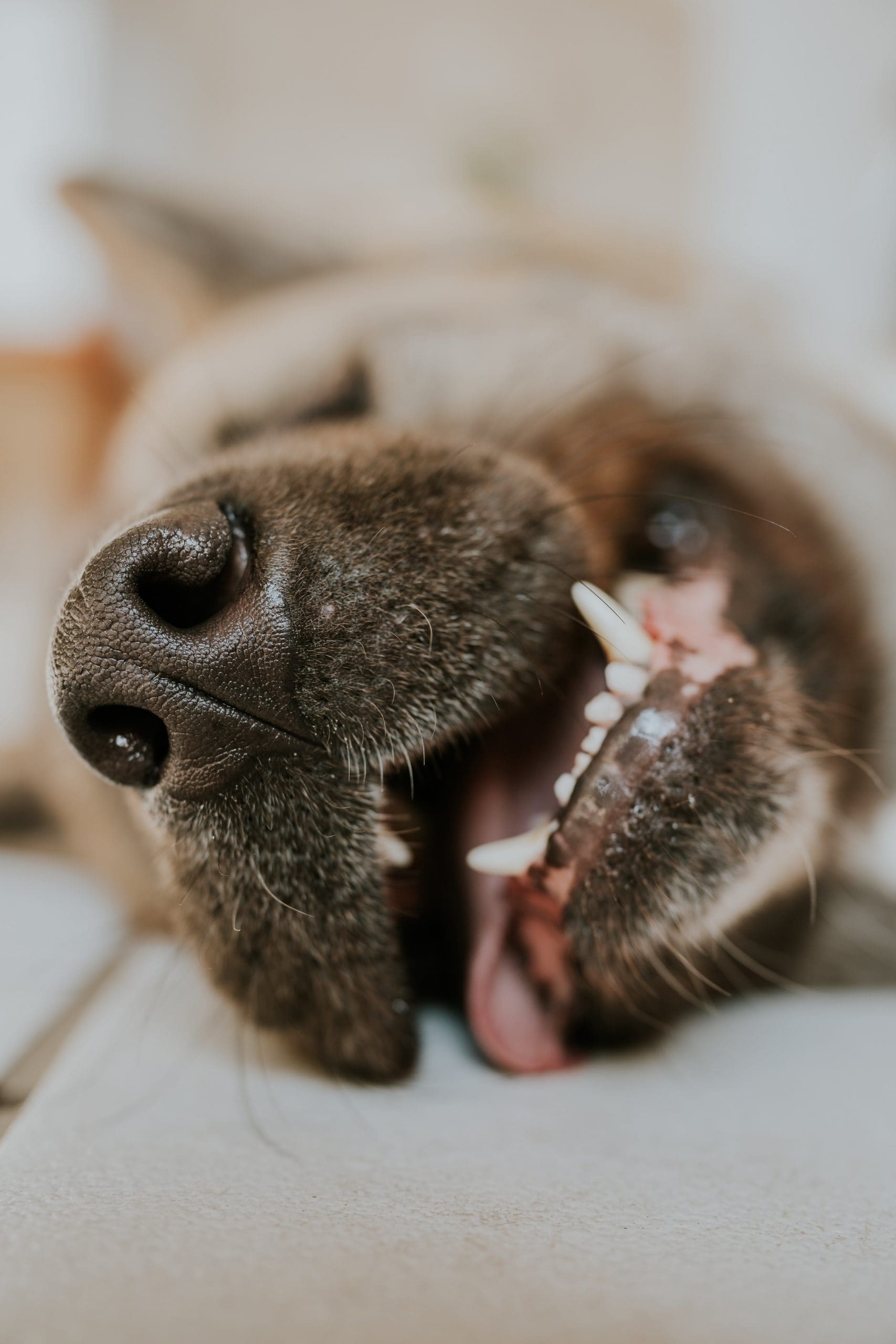Peanut butter is a popular treat for many dogs, thanks to its creamy texture and rich flavor. It’s often used for training or as a reward. However, pet owners may wonder about the safe amount of peanut butter for their furry companions. Knowing the right quantity can help ensure a joyful experience without negative side effects.
Safety First
Peanut butter is generally safe for dogs, provided it does not contain xylitol, a sweetener toxic to pets. Many commercial brands are free from harmful additives, but always check the label before offering any product. Natural peanut butter, made from just peanuts and salt, is typically the best option, as it’s less likely to contain preservatives or harmful ingredients.
Portion Control Matters
When determining how much peanut butter a dog can have, portion control is crucial. Peanut butter is high in fat and calories, which can lead to weight gain if consumed in excess. For smaller dogs, a teaspoon may suffice, while larger breeds can handle a tablespoon or more. A good rule of thumb is that peanut butter should account for no more than 10% of your dog’s daily caloric intake. For instance, if your dog requires 500 calories a day, then no more than 50 calories should come from peanut butter.
Dietary Considerations
Take your dog’s overall diet into account. If they’re eating a balanced diet, a small amount of peanut butter can be a delightful treat. However, if your dog is overweight or has specific health concerns, consulting a veterinarian before adding new foods, including peanut butter, is wise.
Watch for Allergies
Some dogs may have allergies or sensitivities to peanuts. When introducing peanut butter for the first time, observe for any signs of an allergic reaction, such as itching, swelling, or gastrointestinal upset. If any of these symptoms occur, stop feeding peanut butter immediately and consult your veterinarian.
Functional Treats
Peanut butter serves more than just a tasty snack. Many dog owners use it to conceal medications, making it easier to administer pills. The strong flavor can mask the taste of medicine, transforming a potentially unpleasant experience into a positive one. Just be careful to use a small amount to prevent overindulgence.
Engaging Methods of Delivery
Consider how to deliver peanut butter to your dog. Some pet owners spread it on dog-safe toys, like KONGs or rubber bones. This not only keeps dogs entertained but also encourages play. Keeping your dog mentally stimulated can help alleviate anxiety and prevent destructive behaviors.
The Right Environment
The environment in which peanut butter is offered can enhance your dog’s experience. Using it as a treat during training can be more effective in a calm atmosphere, allowing your dog to focus and associate the treat with positive behaviors.
Moderation is Key
While peanut butter can be a delightful addition to your dog’s diet, it should not replace their regular meals. Treats should always be given in moderation to maintain a balanced diet that includes all necessary nutrients.
Frequency of Treats
Consider how often you offer peanut butter. Providing it occasionally keeps it special, while frequent access may lead dogs to expect it daily. This can diminish its effectiveness as a training reward or special treat.
Ethical Sourcing
Beyond health considerations, reflect on the ethical aspect of feeding peanut butter to your dog. Some brands prioritize sustainable farming practices, which can be an important factor for conscientious pet owners.
Individual Preferences
Many dogs enjoy peanut butter, but not all have the same tastes. Some may prefer other treats, so it’s essential to pay attention to your dog’s likes and dislikes. If peanut butter doesn’t pique their interest, don’t force it; many other safe and healthy treats can provide joy and excitement.
Homemade Treats
If you want to incorporate peanut butter into your dog’s diet, consider making homemade treats. Numerous simple recipes utilize peanut butter as a key ingredient, allowing you to control the contents and ensure they’re healthy and dog-friendly.
Prioritizing Health and Happiness
Your dog’s health and happiness should always come first. Peanut butter can be a delightful addition to their life, but moderation is essential. Sharing peanut butter can create special moments and memories to cherish.
Understanding Individual Needs
Determining how much peanut butter a dog can have involves understanding their unique needs. Each dog varies in tolerance and preferences. By monitoring their health, weight, and overall well-being, you can safely incorporate peanut butter into their diet. Enjoying peanut butter can be a tasty and enjoyable experience for dogs when given in moderation. Always check ingredient lists to avoid harmful additives, and be attentive to your dog’s reactions to this treat. Striking the right balance ensures that your furry friend enjoys peanut butter safely and happily.

